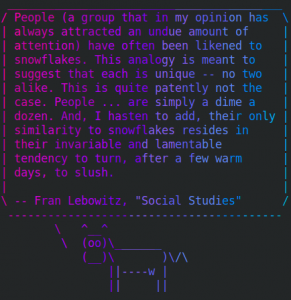sudo dnf groupinstall "Development Tools"
sudo dnf install SDL SDL2 SDL-devel SDL2-devel SDL_gfx SDL_gfx-devel powerline powerline-fonts mc htop boost-devel kate kdevelop geany openssl openssl-devel nmap ccache
sudo dnf install f23-backgrounds-extras-gnome f24-backgrounds-extras-gnome f25-backgrounds-extras-gnome f26-backgrounds-extras-gnome f27-backgrounds-extras-gnome f28-backgrounds-extras-gnome f29-backgrounds-extras-gnome f30-backgrounds-extras-gnome f31-backgrounds-extras-gnome
sudo dnf install jupyter-notebook gitg monodevelop gnome-builder inkscape gimp blender spacenavd krita dia scribus lollypop virt-manager seahorse gnome-password-generator nextcloud-client nautilus-image-converter R-base dconf-editor R-devel openssl-devel libxml2-devel libcurl-devel rstudio-desktop
sudo dnf install evolution python3-spyder
flatpak --user install https://flathub.org/repo/appstream/fr.handbrake.ghb.flatpakref
flatpak install --from https://flathub.org/repo/appstream/org.qgis.qgis.flatpakref
flatpak install flathub io.dbeaver.DBeaverCommunity
follow this link to sort out the Fn button on an Apple keyboard Super User use the systemd one. You will also need to enable the spacenavd service using systemctl enable spacenavd etc.
Other things to install:
Android Studio
Spyder
Pycharm Community Edition
Webstorm
Displaylink driver for RPM based distros https://github.com/displaylink-rpm/displaylink-rpm/releases
Fslint
Extensions:
TopIcons Plus
Dash to Dock
GSConnect
set up Powerline
Enable the minimise maximise close buttons and set the screen blank for an hour:
gsettings set org.gnome.desktop.wm.preferences button-layout ":minimize,maximize,close"
gsettings set org.gnome.desktop.session idle-delay 1800
dconf write /org/gnome/desktop/interface/cursor-size 45
Other things to do:
Add yourself to the virt-manager group
sudo usermod -a -G libvirt $(whoami)

